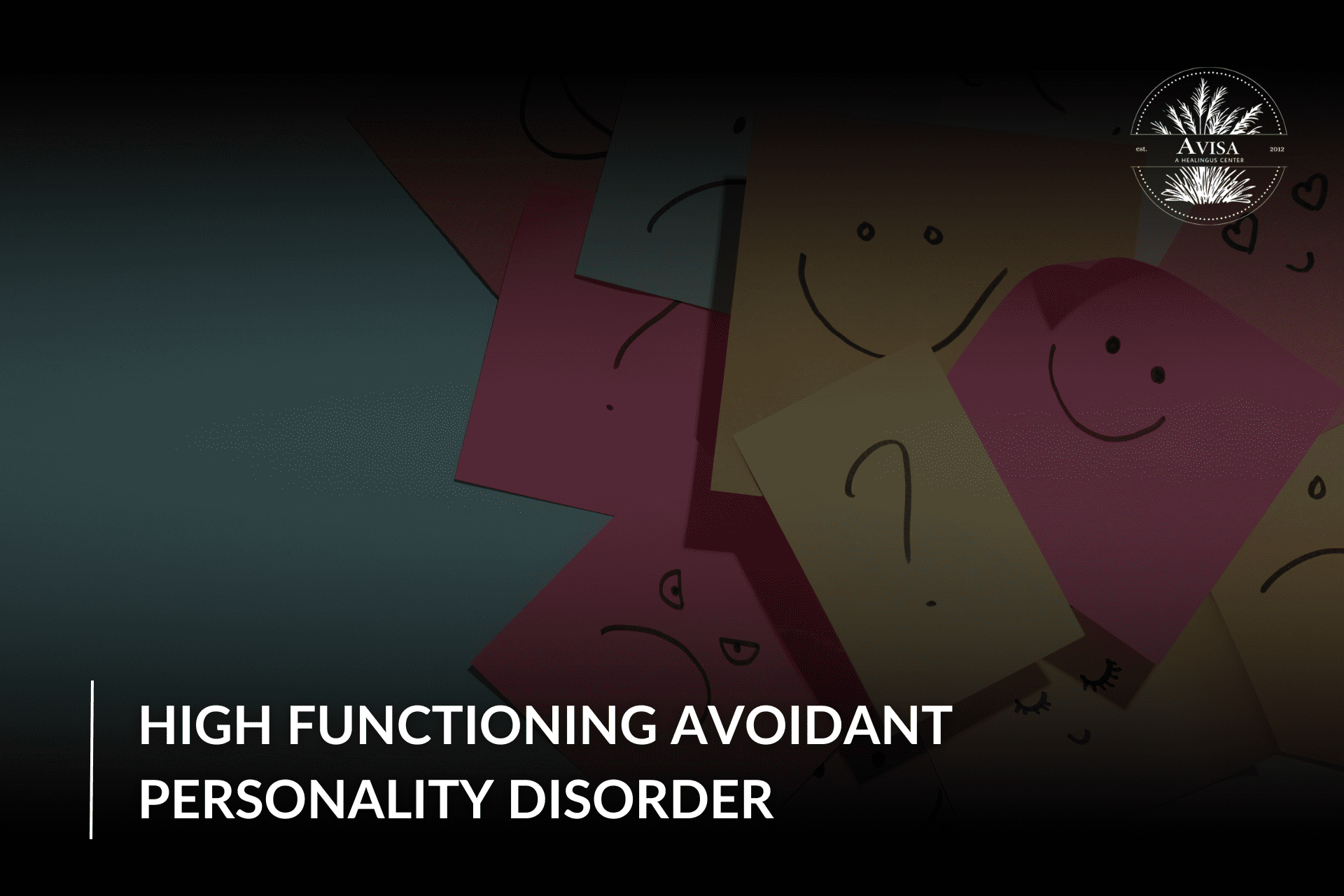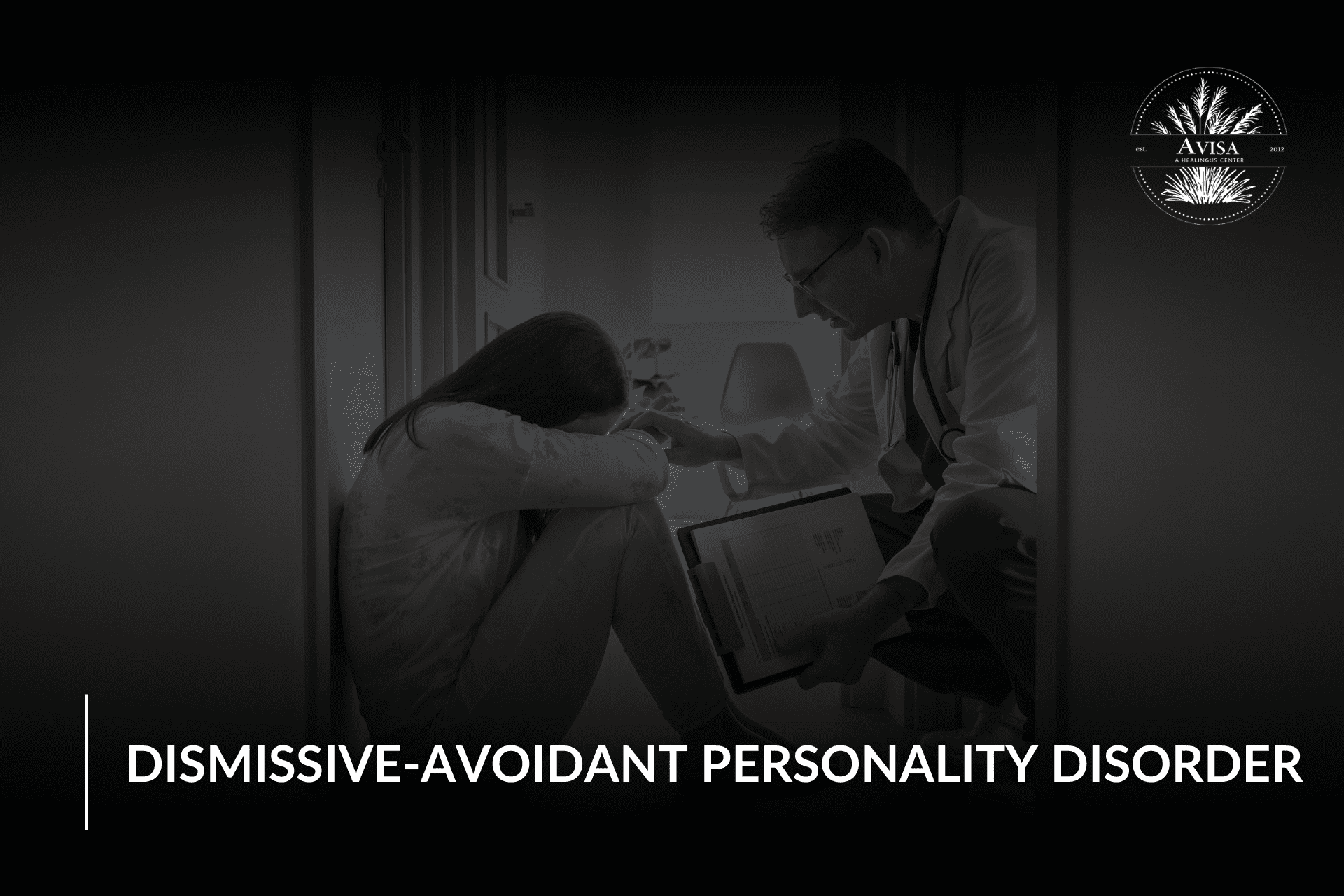Have you been given a prescription for clorazepate, or do you know someone who is taking it? This drug, also known by the brand name Tranxene, is used to treat a range of conditions, such as anxiety and seizures. While clorazepate can be an effective remedy, understanding the right dosage is crucial if you want to benefit from its use and avoid any side effects that may accompany it. The piece explores diverse uses of clorazepate, describes dosages that are normally used, and shows how to deal with situations where one takes excess.
This exhaustive guide aims to give elaborate insights into the clorazepate dose range, medical applications, and what should be done when there is an overdose. You will understand more about clonazepam and how to effectively manage its use by the end of this guide. At all times, this information does not replace actual consultation with a doctor who will design an individualized treatment plan for you so that you can derive maximum benefits from your medication.
Why do Doctors Prescribe Clorazepate? (Uses of Clorazepate)
Clorazepate belongs to the benzodiazepines category of medicine. It is recommended by health practitioners for medicinal purposes in certain disorders causing increased activity in the nervous system. Some major therapeutic areas include:
Reduction of anxiety: Clorazepate helps treat anxiety disorders because of its calming effects. It assists with the relief of symptoms like anxiety, restlessness, and tension.
Alcohol Withdrawal Management: When someone stops heavy alcohol consumption abruptly, they can experience unpleasant withdrawal symptoms. Clorazepate helps alleviate these symptoms, such as tremors, anxiety, and insomnia, making the withdrawal process more manageable.
Partial Seizure Control: Clorazepate can help control partial seizures, which are specific types of seizures that are best controlled when combined with other anti-seizure medications. These seizures affect only a small area of the brain, resulting in localized symptoms.
How Clorazepate Works
One of the benzodiazepine-type drugs, clorazepate, enhances the effects of gamma-aminobutyric acid (GABA), a brain chemical that occurs naturally. GABA is the neurotransmitter that calms down the nervous system. Clorazepate causes tranquilization by increasing GABA activity, thereby decreasing anxiety and promoting muscle relaxation and seizure suppression.
Important Considerations
Even though clorazepate may be beneficial for the aforementioned conditions, it is crucial to keep in mind:
- This is a prescription medicine to be taken under physician supervision only.
- It can lead to adverse effects such as dizziness, weakness, and an unsteady gait.
- There is an increased risk of abuse and dependence with prolonged use.
If you have any questions about or concerns about clorazepate, see your doctor. He/she can assess if it suits your specific needs and give guidance on how to take it safely.
Understanding Clorazepate Dosage
To achieve its efficacy and safety, there should be the right dosage determination for clorazepate.
The dosing guidelines may vary depending on the condition being treated, patient age, and weight, among other factors. It is important to adhere strictly to your healthcare provider’s dosage recommendations.
Understanding Clorazepate Dosage for 15–30 SpecificConditions
Anxiety Disorders
– Adults with anxiety disorders usually start at around 15–30 mg every day, usually in divided doses. The dosage may be adjusted based on the patient’s response and tolerance to a maximum recommended daily dose of 60 mg.
Seizure Disorders
Clorazepam is generally started for seizure disorders at a lower dose of 7.5–15 mg per day. The maximum daily dose is 90 mg, and therefore, the dose can be increased gradually to achieve optimal control of seizures.
Acute Alcohol Withdrawal
In acute alcohol withdrawal, initial doses typically range from 30 to 60 mg/day, given in several smaller doses throughout the day. How ill the patient feels or responds to treatment will dictate how much they need.
2. Geriatric Dosage
The term “geriatric dosage” describes specific adaptations that are made in dosages of medication used by elderly persons (usually those aged ≥65 years), because older people often respond differently than younger adults in physiological terms to medicines. This is why geriatric dosages are of concern:
Body Composition Changes: Seniors usually have a greater proportion of body fat compared to lean muscle mass than younger adults. This means that drug distribution into fat will be more pronounced in elderly patients.
Changes in Body Composition: Older adults often have a higher percentage of body fat and less muscle mass compared to younger adults. Medications that distribute themselves throughout body fat may have a stronger effect on older adults due to this difference in body composition.
Existing Medical Conditions: Older people are at increased risk of having several chronic diseases. These conditions can affect how medications work or interact with them, necessitating changes in dosages.
Hence, healthcare practitioners often initiate therapy with lower medication doses in older individuals and keep watch for any unwanted effects. There may also be changes in drug administration frequency or the use of alternative drugs that have fewer negative side effects among seniors.
3. Pediatric Dosage
It is the amount of medicine that should be given specifically to children. Children can’t tolerate the same amount of medicine as adults because they are still growing, and their bodies are much smaller than adults. Taking into account several factors, a safe and effective dose is determined for children.
- This factor is age-related: 1-year-olds require much less medication than 12-year-olds.
- Weight: A child’s weight is another important factor to consider. The units used in dosing medicines are often milligrams per kilogram (mg/kg) of body weight.
- Body Surface Area (BSA): Calculating BSA, particularly for drugs excreted by the liver or kidneys, may be required in certain cases to evaluate dosage.
- The Specific Medication: Children differ in terms of safety profiles and potencies among various medications.
Here’s why pediatric dosages are critical
- Preventing Overdose: If prescribed a dose meant for an adult, the child could die. Pediatric doses prevent children from receiving too much medication.
- Ensuring Effectiveness: A child requires a correct dosage for any medication to work effectively inside his or her body.
Important Considerations
- Do not give your child’s medicine to adults unless you consult with a healthcare professional first.
- Always take as directed by either your physician or pharmacist exactly.
- Some medicines should not be given to children at all.
Clorazepate Overdose
An overdose of clorazepate may cause severe side effects like depression in respiration, stupor, disorientation, and unconsciousness. It is very important to seek medical assistance immediately when an overdose occurs. Symptoms of a possible overdose are extreme sleepiness, confusion, weak muscles, and fainting.
What to Do in Case of Overdose
- Call Emergency Services: Immediately call emergency services or go to the nearest emergency room.
- Provide Information: Be prepared to provide information about the amount of clorazepate taken, the time at which it was ingested, and any other drugs or substances that were used.
- Do Not Induce Vomiting: You should not try to vomit unless a health care provider tells you otherwise.
Frequently Asked Question
Que: What side effects does clorazepate typically cause?
Ans: The most common side effects include drowsiness, dizziness, xerostomia, and blurred vision. Oftentimes, the surest and fastest way to avail of the relief of narrow-spectrum antibiotics is to co-administer them with broad-spectrum antibiotics. The latter accomplishes this by providing a broader control guard for all bacteria, not just those that are infected.
Que: How should one take clorazepate?
Ans: Use the medicine exactly as the doctor has prescribed it for you, and do not exceed the prescribed amount or treatment course. You must find appropriate transportation so that if you do not feel okay after the meeting, you can still go home.
Que: Is it possible to take clorazepate and alcohol simultaneously?
Ans: No, drinking alcohol while taking clorazepate increases the risk of severe adverse effects like coma, respiratory depression, and extreme drowsiness.
Que: How long does clorazepate remain in your system?
Ans: Because of its long half-life, clorazepate might stay in your bloodstream for several days. Its active metabolite, nordiazepam, has a considerably longer half-life in the body.
Que: What happens if a person skips a dosage of clorazepate?
Ans: Take your clorazepate dose as soon as you remember, if you miss one. If your next dose is almost here, skip the missed one and get back to your regular schedule. Don’t take two doses to make up for it.
Conclusion
A proper understanding of clorazepate dosing is an important step toward its safe and effective delivery. It is to be noted that overdosing may cause overdose toxicity and severe health issues, e.g. The user felt a tangible feeling of relief when the doubt in his mind was resolved and he eventually made the right decision to go to the hospital.
For anyone who is looking for assistance regarding dependency or perhaps additional details about how to take medication properly, please call us at the AVISA Recovery Center. Our group of professionals is here for you all the way through the process of recovery and personal development. Initiate new conversations right now to experience exceptional individual treatment and professional counseling.











